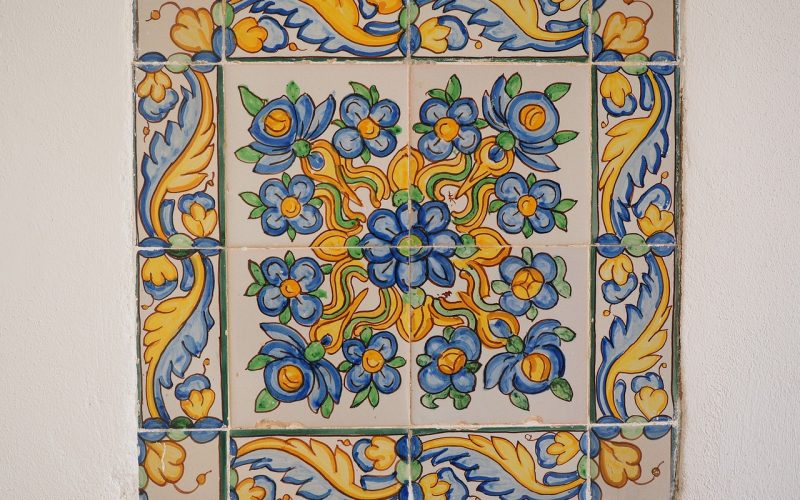When it comes to choosing tiles for your bathroom and kitchen, deciding between ceramic and porcelain is a pivotal choice.
Both options offer durability and aesthetic appeal, but they have distinct properties that might sway your decision. Ceramic tiles are generally more affordable and easier to cut and install, making them a popular choice for DIY enthusiasts. Their slightly softer composition means they're best used in areas with less foot traffic, such as bathroom walls.
Additionally, ceramic tiles are highly versatile, allowing for a broad range of designs and finishes, which can be further enhanced with ceramic decals and transfers.
Resistant to moisture
Porcelain tiles, on the other hand, are renowned for their density and durability. Fired at higher temperatures than ceramic, porcelain tiles are more resistant to moisture and wear, making them ideal for high-traffic areas like kitchen floors.
They can even mimic the look of natural stone or wood, offering a luxury appearance without the maintenance associated with those materials. Porcelain's water resistance also means they're perfect for bathroom settings where moisture is a constant concern.
Personalise space
Understanding the differences between ceramic and porcelain tiles is crucial, especially when considering additional decorative elements such as decals and transfers. Ceramic decals can be a delightful way to personalise space, adding unique patterns or imagery to plain tiles.
These decals are made from a special paper-coated with ceramic glaze, which is applied to the tile and then heated to fuse the design into the glaze. This process not only ensures durability but also retains the vibrant colour and detail of the design.
Intricate designs
Similarly, ceramic transfers allow for more intricate designs or custom art to be applied to tiles, offering a seamless finish that becomes a permanent part of the tile surface. These transfers are especially beneficial for creating bespoke features in a kitchen or bathroom.
The application of such transfers involves a precise process where designs are printed, then transferred onto the tile using heat, ensuring longevity and a flawless appearance.
Make the space feel larger
In contrast, glass transfers provide a modern twist to traditional tiling by adding reflective and light-enhancing elements. Glass tiles, when paired with glass decals or transfers, can create stunning visual effects.
These decals capture light beautifully, adding sparkle and depth to any room. They're particularly effective in small bathrooms or kitchens, where they can make the space feel larger and more inviting.
Meet practical demands
The choice between ceramic and porcelain tiles, and whether to incorporate decorative elements like decals and transfers, will depend on your specific needs and style preferences. Carefully consider the environment of the room—its exposure to moisture, traffic levels, and the overall design theme you wish to achieve. By weighing these factors, you can select tiles that not only meet practical demands but also enhance the aesthetic appeal of your home.
Whichever route you choose, both ceramic and porcelain options, paired with creative decals and transfers, offer the opportunity to craft visually captivating and functionally effective spaces.
















